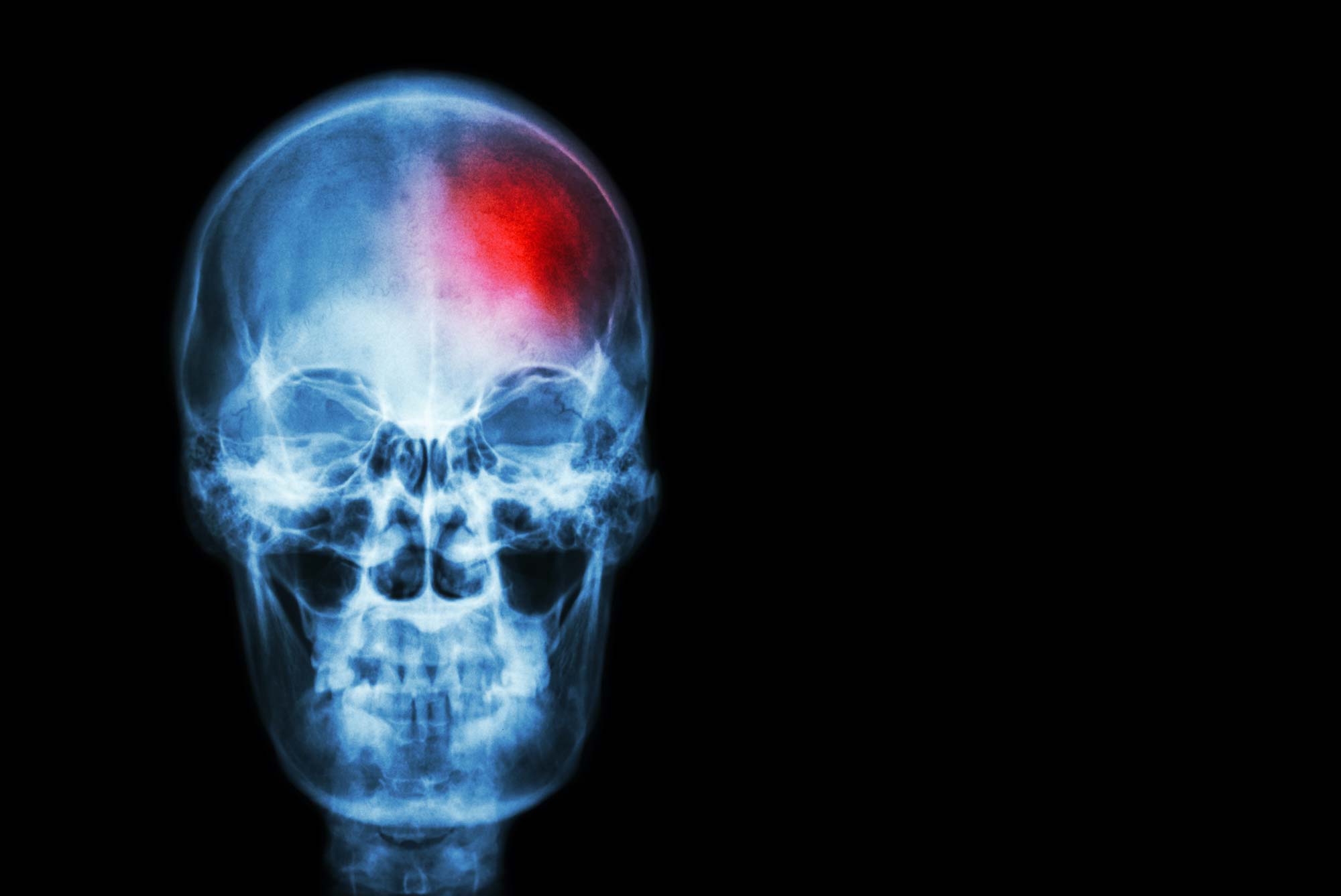
Delirium is common after acute stroke, and likely represents an impediment to recovery. However, the concrete manifestations of delirium comprise a spectrum, and it is unclear whether various patterns of symptoms may have differential effects on outcomes. Many of these symptoms are intimately connected, including arousal, attention, and activity level, and as a result, delirium phenotypes have been traditionally labeled as hyperactive, hypoactive, and mixed. Unfortunately, patients with hypoactive delirium are known to be underdiagnosed using standard screening tools, and the presence of pre-existing neurological symptoms only magnifies this challenge.
Together with Michael Reznik, Carsten received a Big Data Collaborative Seed Award to develop machine learning models of sensor-based activity measurements that can reliably distinguish among phenotypes of delirium and non-delirium in patients with stroke and predict patterns of early motor recovery and longer-term functional outcomes.